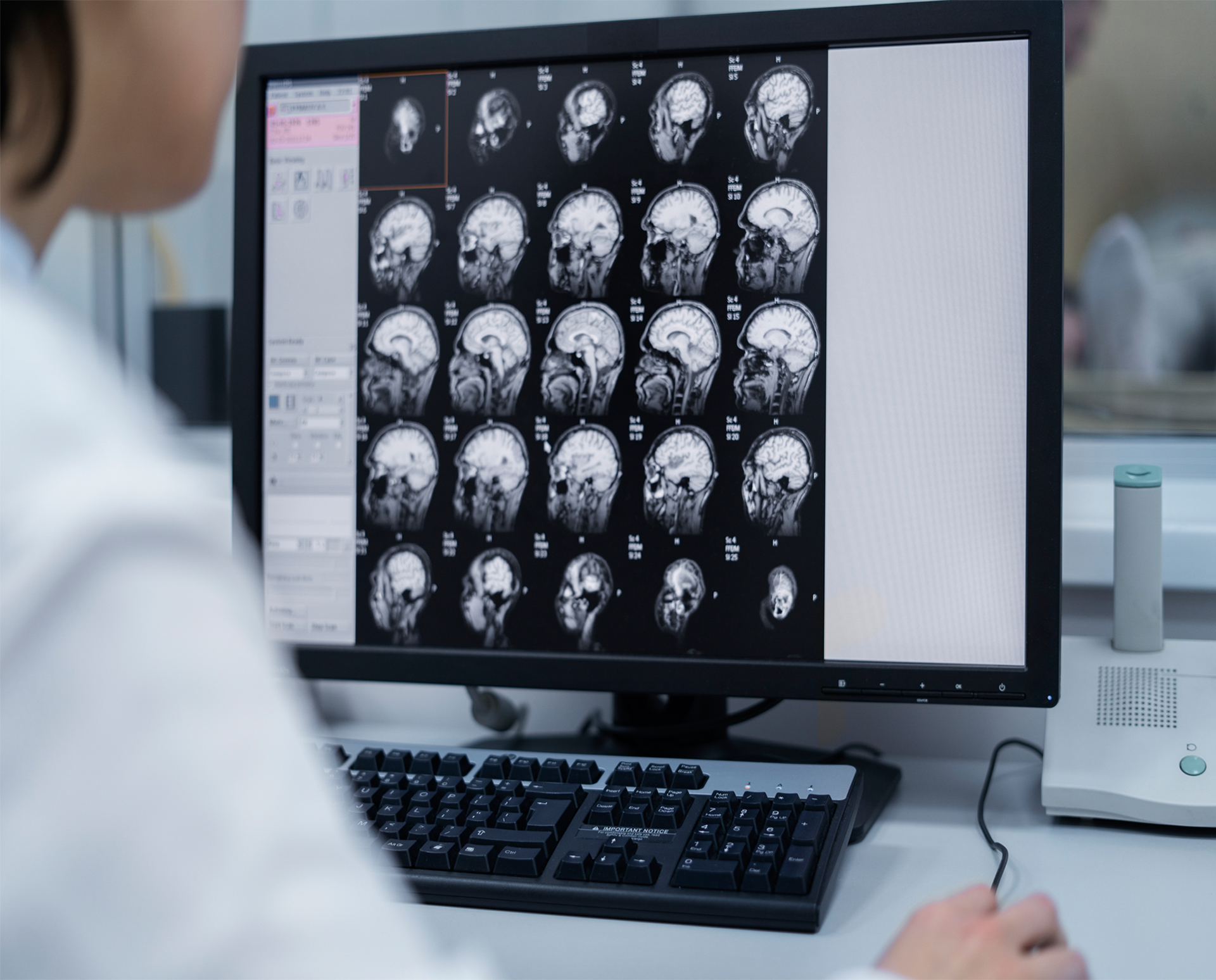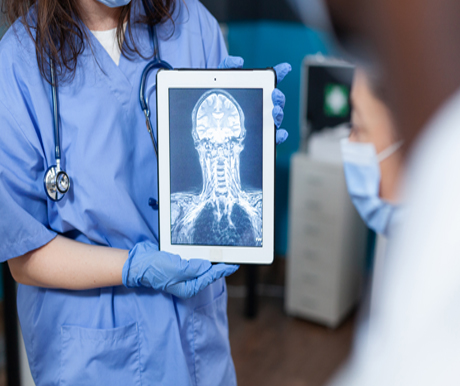Introduction to PACS Picture Archiving and Communication System (PACS) is a medical imaging technology that provides economical storage and convenient access to images from multiple modalities (e.g., X-rays, MRIs, CT scans). PACS replaces traditional film-based systems, enhancing the efficiency and quality of medical imaging workflows.

Key Uses of PACS in Saudi Arabia
1. Improved Efficiency in Healthcare Delivery PACS revolutionizes the workflow in medical imaging by streamlining the processes involved in capturing, storing, and retrieving medical images. This digital approach dramatically reduces the time required for diagnostics, allowing radiologists and clinicians to access images instantly from various locations—be it a hospital, clinic, or home office. This capability not only expedites the diagnostic process but also empowers healthcare providers to make quicker, more informed decisions regarding patient care, ultimately leading to timely interventions and treatment plans.
2. Enhanced Patient Care With immediate access to imaging data, healthcare providers can respond promptly to patient needs, leading to improved outcomes. The ability to quickly review images facilitates better communication and coordination among medical teams. Additionally, PACS supports remote consultations, enabling specialists to weigh in on complex cases without the need for physical presence. This is especially crucial in urgent situations where time is of the essence, ensuring that patients receive expert input and optimal care swiftly.
3. Integration with Other Healthcare Systems PACS is designed to integrate seamlessly with electronic health records (EHR) and other health information systems, creating a holistic view of a patient’s medical history. This integration allows for the sharing of imaging data across different departments and healthcare facilities, enhancing collaboration among healthcare professionals. For instance, a cardiologist can easily access a patient’s MRI results alongside their medical history, leading to more informed treatment decisions and improved care coordination.
4. Cost-Effectiveness By transitioning to a digital system, PACS significantly reduces the reliance on physical storage and traditional film, which can be costly to manage and maintain. Digital storage solutions are more efficient and easier to scale, allowing healthcare facilities to expand their capabilities without incurring substantial additional costs. This financial efficiency enables hospitals and clinics to allocate resources more effectively, potentially improving services and patient care.

5. Regulatory Compliance and Quality Assurance In an era of stringent healthcare regulations, PACS assists hospitals in adhering to guidelines regarding the storage, retrieval, and management of patient data. Many PACS solutions come equipped with built-in auditing tools and quality control features, ensuring that high standards are maintained in imaging practices. This compliance not only protects patient privacy but also enhances the overall quality of healthcare services.
6. Telemedicine and Remote Access PACS is instrumental in advancing telemedicine initiatives in Saudi Arabia, particularly in rural or underserved regions where access to specialists may be limited. By allowing healthcare providers to access imaging data remotely, PACS ensures that patients can receive timely consultations and diagnoses without the need for extensive travel. This capability is especially beneficial for patients with mobility challenges or those living in remote areas, improving overall access to healthcare services.
7. Training and Education PACS serves as an invaluable educational tool for medical professionals, offering a platform for training and continuous learning. By utilizing real case studies and imaging examples, institutions can enhance the educational experience for medical students, residents, and practicing clinicians. This practical exposure not only builds competencies but also fosters a deeper understanding of imaging techniques and diagnostics among healthcare professionals.
Challenges and Future Directions
Despite the numerous advantages of PACS in transforming medical imaging in Saudi Arabia, several challenges persist. Issues such as data security and the need for interoperability between different systems can hinder the full potential of PACS. Additionally, ongoing training is essential to ensure that healthcare providers are proficient in using the system effectively. Future developments may focus on integrating advanced technologies, such as artificial intelligence, to enhance imaging analysis and improve data management practices, paving the way for even greater advancements in patient care and operational efficiency.
By addressing these challenges and harnessing the latest technological innovations, PACS can continue to evolve and further improve the landscape of healthcare in Saudi Arabia.

